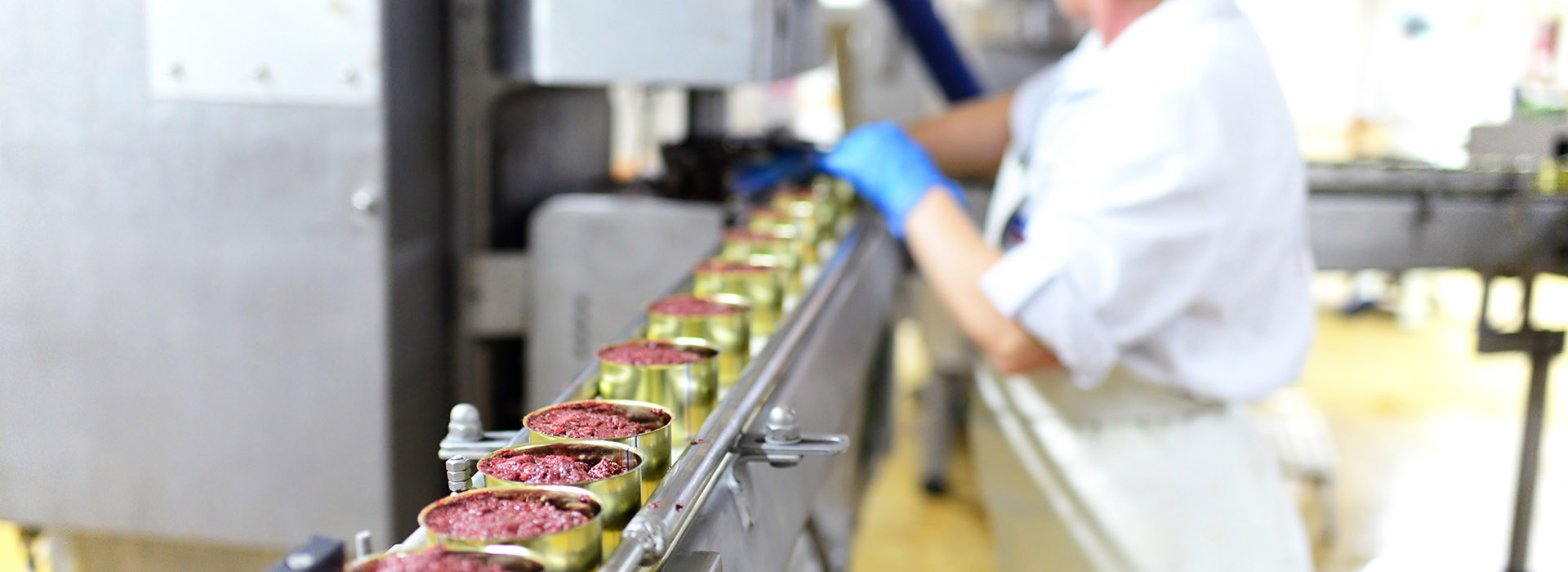Laura Pisani: Safety is not exclusive to the workplace
After graduating with a degree in environmental engineering, Laura developed a passion for safety. Here she explains the growing link between caring for the environment and human safety and how joining the dots between both is an essential step for the future of good business.


Laura Pisani
Health, Safety and Environment (HSE) Manager, Bolton Group Food Business Unit
Q.
How can we create a better balance between safety legislation and good safety culture?
This is a very important topic. It’s fundamental to put in place all the legal requirements, but it’s also essential to raise the awareness of workers and get them to take responsibility for safety. It’s not sufficient relying on safety rules alone as that requires an approach that strictly controls workers continuously. For obvious reasons, this is not always possible, nor is it a reliable or long-term solution. Yes, it’s vital to set up rules to indicate what can be done or what cannot be done, but it cannot be the default approach. You need the involvement of the workforce to develop true awareness and willingness to take care of people around us. So it’s essential to work on behaviour and encourage cultural growth so that new ideas and thinking on health and safety mature and evolve.
"Promoting good health and safety habits outside the workplace can also help tackle growing social issues such as gambling, alcoholism and obesity."
– Laura Pisani, Health, Safety and Environment (HSE) Manager, Bolton Group Food Business Unit
Q.
Health and safety have become synonymous with the workplace, but does it have a broader role to play?
As we increasingly explore safety behaviour and safety culture, we realise that safety is not exclusive to the workplace but must become a way of thinking and living inside and outside the work environment. But changing attitudes and behaviours at work is a great starting point. In terms of Bolton Food’s health and safety journey, this year, we have embarked on a path of increasing and deepening safety awareness among our workforce in a more positive manner. Developing behaviour based safety (BBS) programmes gives the ability to identify and reinforce good safety behaviours. It’s a more holistic approach to safety behaviour that is beneficial both inside and outside the workplace, particularly since the arrival of COVID-19.
Q.
How has COVID-19 impacted future health and safety plans?
As a company, we were convinced that safety behaviours have to be consistent both inside and outside the workplace The arrival of COVID-19 has not changed this, but it has undoubtedly accelerated our thinking on it. During the pandemic, we put in place many measure to protect our workforce as they continued to work throughout the pandemic. But we also made considerable efforts to ensure people understood the consequences of their actions outside the workplace, particularly as lives were at stake. It was very gratifying to see that people took this message on board and we achieved a clean bill of health. We are proud that we not only protected our workforce and, as a result, also protected our business. Looking ahead, promoting good health and safety habits outside the workplace can also help tackle growing social issues such as gambling, alcoholism and obesity. Health and safety strategies can certainly incorporate these broader social issues to provide an extra pillar of support. Our main objective is to make our workforce understand that we are sincere about improving their health and safety.
Q.
What role can technology and innovation play in improving health and safety?
Technology and innovation can undoubtedly help with the prevention of occupational health and safety incidents. Like other countries in Europe, Italy has an ageing population, so ergonomics and skeletal health issues are increasingly important. Technology is helping improve the work environment to reduce skeletal health problems and improve training programmes. Again, it’s vital to get the balance right between technology, innovation and the human element of safety when looking to improve workplace safety and productivity. I’m convinced that in future, those companies with a goal of zero accidents, good culture of prevention and good productivity will have a competitive advantage. So it’s crucial that health and safety strategies combine these goals through clever use of technology and innovation.
"It’s really important to define a clear and lean set of health and safety rules that are not too difficult to follow. Make it meaningful but keep it simple."
– Laura Pisani, Health, Safety and Environment (HSE) Manager, Bolton Group Food Business Unit
Q.
How does your environmental background influence your role?
I see a significant link between health, safety and the environment as they are strongly connected. Taking care of our workforce and taking care of our environment is mutually beneficial. Care is the common denominator. If we want to stay healthy and safe, then we need to take care of the environment. As a company, we are committed to long-term sustainability. Part of my role as HSE manager is to look at ways to decrease our carbon and water footprint. Exploring different ways to achieve a sustainable future across our global sites and a more joined up approach to the environment, health and safety is an ongoing project. Technology and innovation are helping in some ways, but it is not there yet in terms of helping to transform large-scale, energy-intensive operations to the levels we would like to see.
"I see a significant link between health, safety and the environment as they are strongly connected. Taking care of our workforce and taking care of our environment is mutually beneficial. Care is the common denominator."
– Laura Pisani, Health, Safety and Environment (HSE) Manager, Bolton Group Food Business Unit
Q.
What are the key ingredients of good health and safety culture?
First, a firm commitment from management is crucial because, without that, every effort is wasted. Also, using positive strategies that motivate people to respect the rules can be a more successful approach than focusing on the negatives. It’s also really important to define a clear and lean set of health and safety rules that are not too difficult to follow. Make it meaningful but keep it simple.